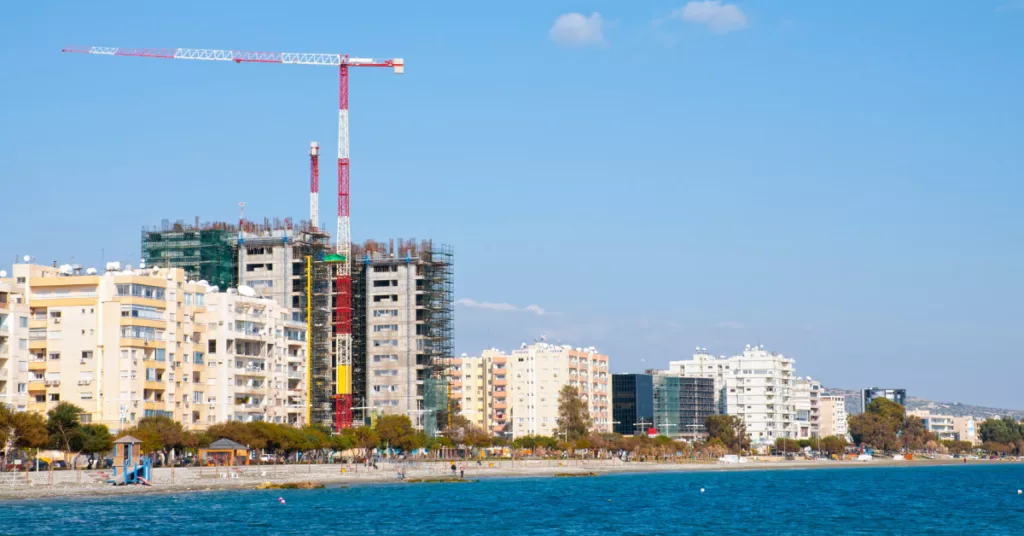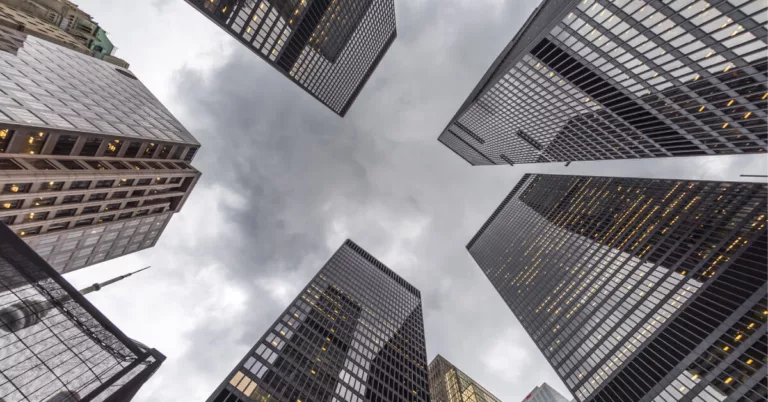In today’s economic landscape, where inflation is reaching record highs, commercial property insurance costs are on the rise. These escalating costs are primarily attributed to increased construction and replacement expenses, as well as a surge in natural disasters. According to data from the Insurance Information Institute, replacement costs have been steadily increasing, even though they slightly slowed down in the latter part of 2022.
While replacement costs are climbing, commercial property market values are facing a downturn. Over the past year, multifamily properties have seen a 10.3% decrease, and all commercial property values have dropped an average of 8%, as reported by the MSCI World Insurance Index.
Now, you may think the falling market value of your property translates into reduced insurance needs. However, the market value of your property doesn’t accurately determine your insurance requirements. Instead, insurers rely on an appraised value that accounts for the cost of rebuilding or repairing your property. It’s important to note that using the market value rather than the reconstruction value might leave you underinsured.
To ensure accurate valuation, it’s advisable to consult a professional appraiser who specializes in insurance requirements. This assessment should encompass not only the structural costs, but also factors like demolition, debris removal, labor, and materials. Given the volatility of these expenses, periodic recalculations are wise, and your insurance professional can provide guidance on the ideal frequency.
Moreover, it’s not just the building’s structure that should be included in the total insurable value. The value of equipment, materials, and products stored on your premises needs to be factored in as well. These costs can be significantly influenced by factors like inflation and supply chain availability. Additionally, you should consider the expense of renting a substitute facility until a replacement becomes available.
What Factors Influence an Insurer’s Evaluation of Your Property?
Beyond the valuation report, several essential factors influence insurers when assessing commercial buildings:
Building Size:
The size of your building plays a significant role in determining insurance costs.
Construction Materials:
The materials used in construction impact the property’s resilience to disasters, which, in turn, affects your insurance rates.
Age:
The age of your property matters, especially in terms of potential code upgrades or renovations.
Location:
The geographical location of your property can introduce unique risks, such as those associated with natural disasters.
Use and Operations:
Your building’s interior protections, like fire sprinklers, controlled access, security systems, and alarms, are equally important. Any upgrades or improvements you make should be promptly reported to your insurer to reflect in your premium and property valuation.
Furthermore, the nature of your business and the property’s location can introduce additional complexities. For instance, a property used for hazardous activities is at greater risk than one used for less risky purposes. Coastal or remote properties may also face unique challenges that require specialized coverage.

Lastly, consider the age of your property and its electrical systems. An older building with outdated wiring may require a full rewiring to meet current building codes. This could significantly impact your total insurable value and insurance needs.
The Consequences of Undervaluing Your Property
Most commercial property insurers stipulate that you must insure at least 80% of your property’s value, though this requirement may vary among insurers. The portion of your property not covered by insurance, known as coinsurance, becomes your responsibility in the event of a total loss. For example, if you experience an $800,000 loss on a property valued at $1 million, your insurer will only cover $800,000.
However, this is contingent on having an accurate property valuation. If your valuation is incorrect, and you’ve purchased insurance for less than 80% of the actual insurable value, you’ll face substantial penalties for underinsuring. These penalties extend across your entire property policy, including business interruption coverage, potentially amplifying your losses beyond building repairs.
One alternative to navigating the complexities of coinsurance is opting for an agreed value policy. This involves reaching an agreement with your insurer on the property’s value, which is then reflected in your insurance coverage. However, like all commercial property valuations, it’s advisable to revisit the numbers when renewing your policy.
If you’ve acquired a commercial building with high-end finishes that exceed your operational needs, you may find your total insurable value artificially elevated. In such cases, functional replacement cost insurance could be an option. This coverage ensures your building’s functionality without the need to replace the upscale finishes. Collaborate with your insurance agent, appraiser, and insurer to ensure your insurance accurately reflects the value and risks associated with your property.
Contact Commercial Property Insurance Specialists
It’s clear that inflation, labor market fluctuations, and supply chain disruptions can significantly impact your commercial property insurance. Fortunately, you have options. At Hotaling Insurance Services, our agents specialize in commercial property insurance and can help you determine the right values and coverage you need to avoid being underinsured or penalized at claim time. Don’t wait; contact Hotaling Insurance Services to take proactive steps to protect your property and investments.


